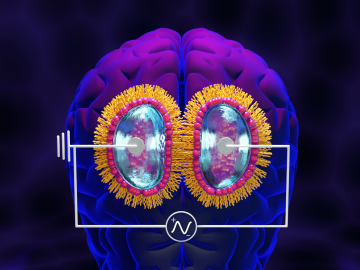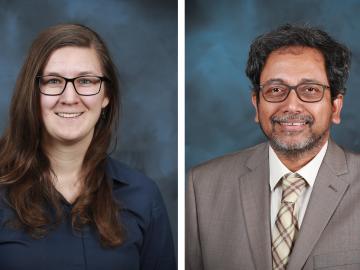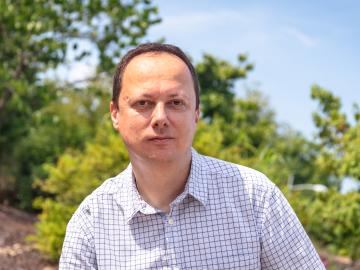
Using light instead of heat, researchers at ORNL have found a new way to release carbon dioxide, or CO2, from a solvent used in direct air capture, or DAC, to trap this greenhouse gas.

Using light instead of heat, researchers at ORNL have found a new way to release carbon dioxide, or CO2, from a solvent used in direct air capture, or DAC, to trap this greenhouse gas.

While studying how bio-inspired materials might inform the design of next-generation computers, scientists at ORNL achieved a first-of-its-kind result that could have big implications for both edge computing and human health.

Two ORNL research projects were awarded through the Chemical and Materials Sciences to Advance Clean Energy Technologies and Low-Carbon Manufacturing funding opportunity, sponsored by the Office of Basic Energy Sciences within the DOE Office of Science.

Radu Custelcean, an organic chemist at the Department of Energy’s Oak Ridge National Laboratory, is working with colleagues to develop an energy-efficient and sustainable

